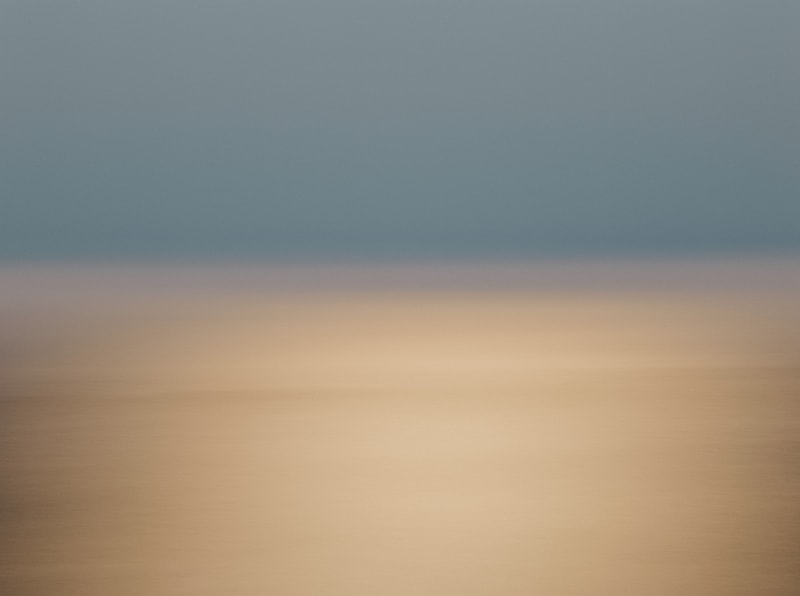THREE WINTERS
Tonny Tromborg Sørensen
Tonny Tromborg Sorensen
Beginning in December 2019, Tonny Tromborg Sorensen began waking up at 4 am to load his camera equipment into his car and drive 40 minutes over the ragged, windswept headlands of Point Reyes National Seashore.
He was going to the lighthouse that's perched at the tip of a hook-shaped landmass jutting into the Pacific. Once he reached a sheltered stretch of clifftop facing the open sea, he pulled out his equipment, set up his tripod, and waited
Sorensen waited there every morning, the full expanse of ocean churning in the darkness before him, for three consecutive winters that stretched into the pandemic. He waited for the sun to do its work, to fill and illuminate the scene, every day a new palette of color and tone arrayed across sea and sky, horizon lines fading behind banks of fog and returning lined with silver.
Using a specialized piece of equipment that absorbs an astounding range of color, he made exposures ranging from 5 minutes to 20 minutes, his timing carefully attuned to the shifting phenomena before him. These are not traditional long exposures but hundreds of separate exposures layered, blended and compressed on a single plane using a digital technology called frame averaging. In that sense they are an accumulation, a gathering of time, more like a painting than a photo.
Qualia are purely subjective experiences that can only be apprehended directly. In that sense they are private and indescribable. In Sorensen's photographs, which are devoid of any details that might suggest the specificity of place or story, the primal experience of staring at the horizon, meditating on the beyond, becomes the work itself.
